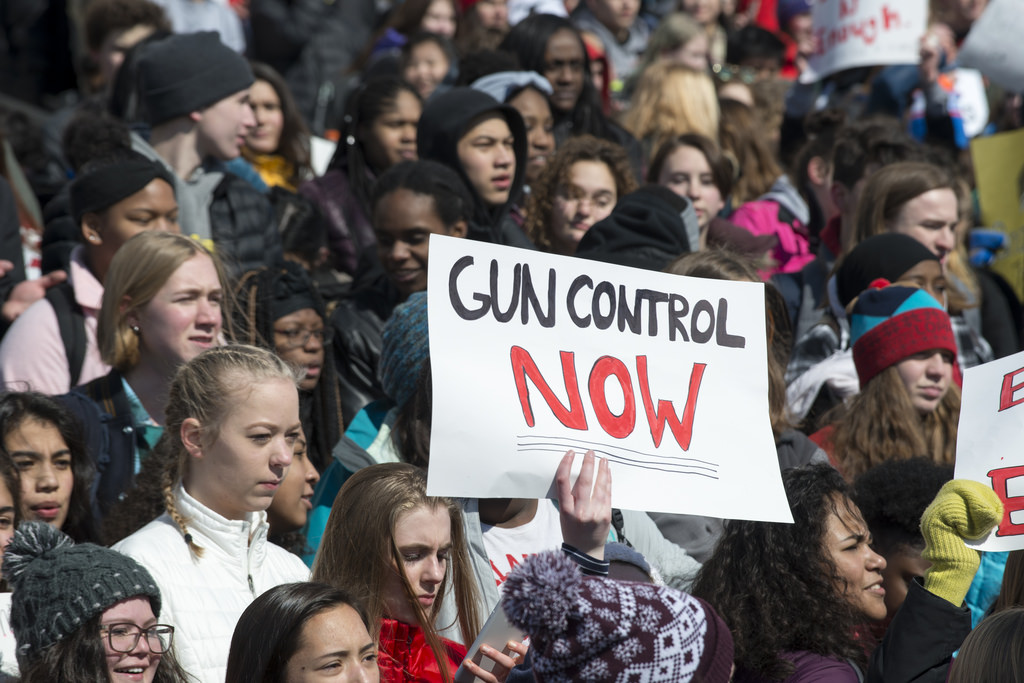
08 May 1994’s Assault weapon ban and was it useful?
DID THE ASSAULT WEAPON BAN IN 1994 HELP DECREASE GUN FATALITIES AND MASS SHOOTINGS?
In 1994, President Bill Clinton passed Violent Crime Control and Law Enforcement Act. One of the subsections was the Federal Assault Weapons Ban which restricted the making of certain semi-automatic firearms for civilian use. These weapons are usually considered assault weapons, and often they have ammunition magazines because they were “large capacity”. These allowed the guns to hold more than the standard number of rounds that they are meant to have, with a particular number of bullets dependent on the control as well as certain types of firearm.
On September 13, 2004 the assault weapons ban expired. This was because the original assault weapons law was written so that it would expire after ten years. Then in 2004, some Democrats even tried to renew it, but there wasn’t much interest in Congress. Still in a few states, such as New York, Massachusetts and New Jersey, they still have their own versions of the law.
So did the ban really help do anything or not?
I spoke to Professor Eugene Volokh from UCLA who is a renowned gun control expert. I asked him about 1994’s AWB and if it really worked and this is what he said, “I’m unaware of any real mass shooting decrease evident in the data at the time of the 1994-2004 ban – or of any studies that show that the assault weapon ban was responsible for any decrease in homicide or crime of any kind. Partly because of this, I’m skeptical that a revival of the ban will do any good”
He also sent me his website in which he explains in more detail. “Lots of people have been calling for bans on so-called “assault weapons,” often arguing that such bans would reduce mass shooting deaths. But I doubt this would work, because, despite the name, “assault weapons” are no deadlier than other weapons.” says Professor Volokh
Although most experts say that the assault weapon ban didn’t work Ted Deutch believes that it helped reduce mass shootings. Ted is a Democratic member of the United States House of Representatives for Florida’s 22nd congressional district.
“Let’s be clear, mass shootings went up 200 percent in the decade after the assault weapons ban expired,” said Ted Deutch at a town hall with survivors of the Stoneman Douglas High School school shooting.
From 1994 to 2004 there were 17 mass shootings causing 106 fatalities. From 2005 to 2015 there were 44 mass shootings resulting in 349 fatalities. Although the fatalities went up the percentage of households who own gun/s dropped. For example in 1996 40.1% of households owned gun/s but in 2012 only 33.1% households owned a gun/s. The rate dropped by 7%, a sizeable decrease.
Overall the rate of gun cause deaths is rapidly increasing and will continue to increase until a gun law comes into place again. As the assault weapon ban did help decrease the rate in mass shooting and gun fatalities. Introducing a new assault weapon ban might help decrease the number of mass shooting taking place in the USA.


